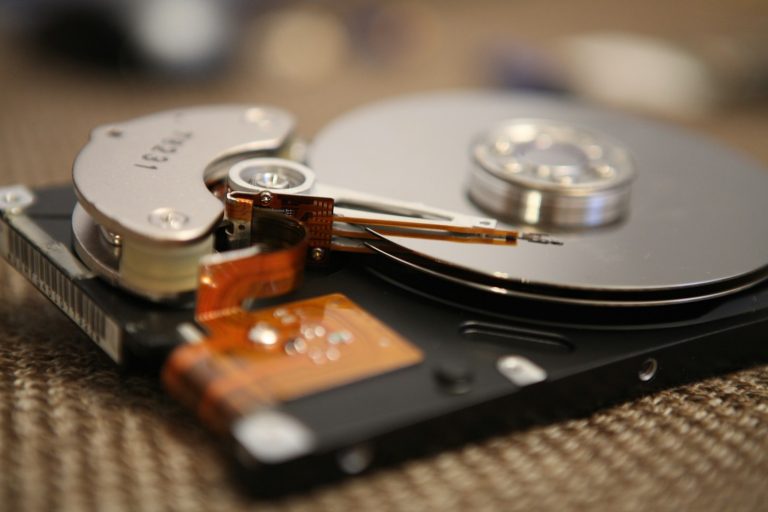Data loss – the mere mention strikes fear in the hearts of individuals and businesses alike. Losing precious memories, irreplaceable documents, or critical work files can be devastating. Fortunately, data recovery services offer a beacon of hope in such situations. Among these options, Standard Data Recovery Services stand as a reliable and cost-effective solution for many data loss scenarios.
This article delves into the intricate world of standard click here for expert recovery, unpacking its capabilities, limitations, and how it can help you salvage valuable information. By the end, you’ll be equipped to understand if this service is the right fit for your data loss predicament.
Understanding Standard Data Recovery
Standard data recovery refers to a range of techniques and procedures employed to retrieve lost or inaccessible data from various storage devices. This typically involves physically retrieving data from malfunctioning hard drives, solid-state drives (SSDs), USB flash drives, and even memory cards.
Common Scenarios Requiring Standard Data Recovery:
- Accidental deletion: We’ve all been there – accidentally hitting the “delete” button on crucial files. Standard data recovery can often retrieve these seemingly lost files if not overwritten.
- Formatting errors: Formatting problems, whether accidental or software-related, can render data inaccessible. Standard recovery processes can bypass these errors and extract the underlying data.
- Logical corruption: File system corruption can make files unreadable, even though the storage medium itself is physically intact. Standard recovery techniques can reconstruct the file system and make your data accessible again.
- Physical damage: While more complex, standard recovery services can sometimes salvage data from physically damaged drives, like those experiencing head crashes or spindle failures. However, success rates depend on the severity of the damage.
What Standard Data Recovery Does Not Cover:
It’s essential to understand that standard data recovery has limitations. It may not be suitable for:
- Overwritten data: Once data is overwritten by new information, recovery becomes significantly more challenging, sometimes even impossible.
- Severely damaged devices: Devices with extensive physical damage, fire, or flood exposure often require advanced recovery techniques beyond the scope of standard services.
- Encrypted data: If your data is encrypted and you lack the decryption key, even recovered data will remain inaccessible.
The Standard Data Recovery Process:
- Free Diagnostic: Reputable data recovery companies offer free diagnostics to assess the feasibility of data recovery and provide an estimated cost and timeline.
- Device Submission: After accepting the quote, you securely ship your storage device to the recovery facility.
- Data Recovery Attempt: Trained technicians apply appropriate techniques to attempt data retrieval.
- Recovery Report: You receive a report detailing the recovered data, success rate, and any additional costs involved.
- Data Return: Upon approval, you receive your recovered data on a new storage device or through a secure download link.
Important Considerations When Choosing a Standard Data Recovery Service:
- Reputation and experience: Choose a company with a proven track record and positive customer reviews.
- Free diagnostics: Ensure the company offers a free diagnostic without obligation.
- Transparent pricing: Get clear upfront quotes and avoid hidden fees.
- Security and data privacy: Opt for companies with stringent security measures to protect your sensitive data.
- Success rates: Ask about the company’s success rates for your specific data loss scenario.
- Turnaround time: Consider the urgency of your data needs and choose a service with a timeframe that meets your expectations.
Cost of Standard Data Recovery:
Costs for standard data recovery vary depending on the complexity of the case, the storage device type, and the amount of data involved. Expect a range of several hundred dollars to a few thousand dollars. Remember, preventing data loss through regular backups is often the most cost-effective approach.
Conclusion:
Standard data recovery services offer a valuable lifeline in situations where critical data is lost. By understanding its capabilities, limitations, and the selection process, you can make informed decisions about data recovery and potentially breathe new life into your lost information. However, remember that prevention is always better than cure – consistent backups are your best defense against data loss.

0 Comments